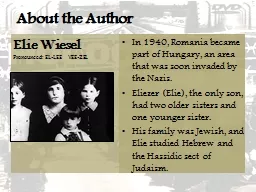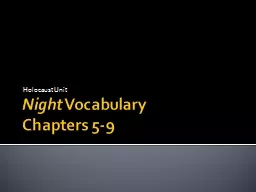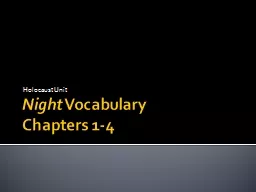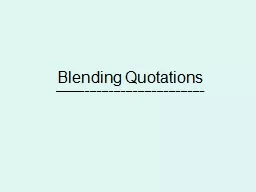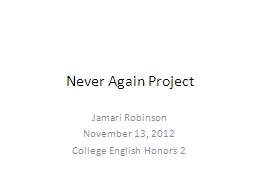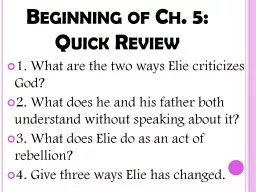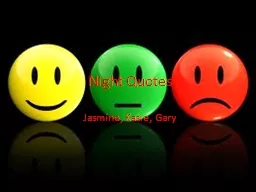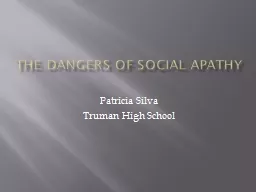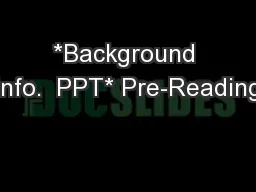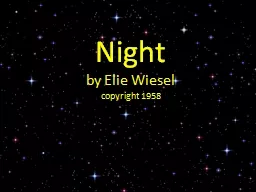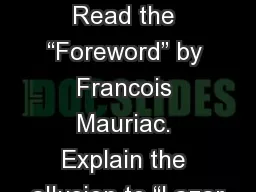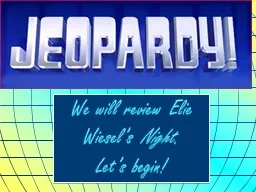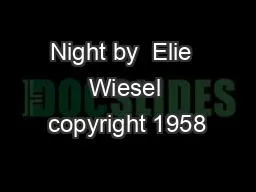PPT-About the Author Elie Wiesel
Author : briana-ranney | Published Date : 2020-01-20
About the Author Elie Wiesel Pronounced ELLEE VEEZEL In 1940 Romania became part of Hungary an area that was soon invaded by the Nazis Eliezer Elie the only son
Presentation Embed Code
Download Presentation
Download Presentation The PPT/PDF document "About the Author Elie Wiesel" is the property of its rightful owner. Permission is granted to download and print the materials on this website for personal, non-commercial use only, and to display it on your personal computer provided you do not modify the materials and that you retain all copyright notices contained in the materials. By downloading content from our website, you accept the terms of this agreement.
About the Author Elie Wiesel: Transcript
Download Rules Of Document
"About the Author Elie Wiesel"The content belongs to its owner. You may download and print it for personal use, without modification, and keep all copyright notices. By downloading, you agree to these terms.
Related Documents

